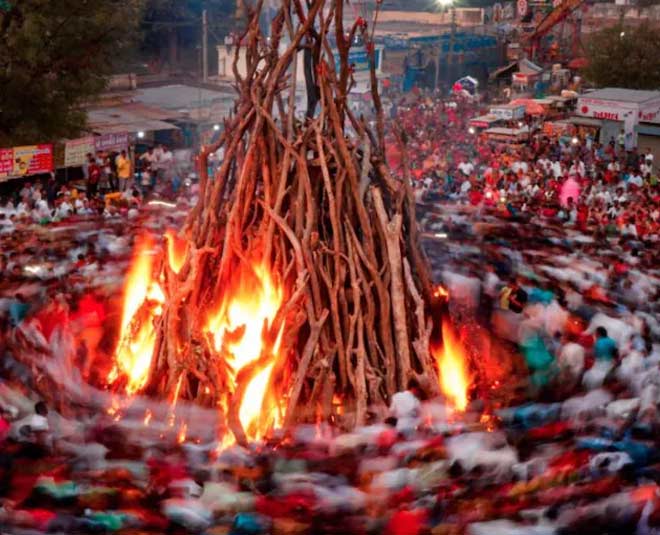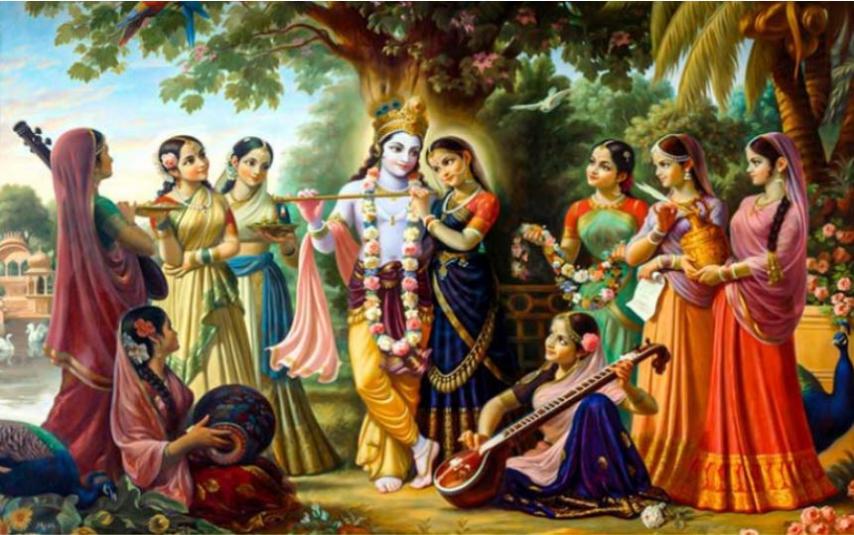
The history and significance of the Holi festival - Anime Devta
Holi is one of the most widely celebrated festivals in India and is known as the festival of colors. It is a spring festival that usually falls in the month of March and is celebrated over a period of two days. The festival has its roots in ancient India and has been celebrated for over 2,000 years. In this blog, we will delve into the history and significance of the Holi festival.
- History of Holi
The exact origins of the Holi festival are not known, but it is believed to have originated in ancient India. There are many stories and legends associated with the festival, and each region of India has its own unique version of the festival.
One of the most popular legends associated with the festival is the story of Holika and Prahlad. According to the legend, there was a demon king named Hiranyakashipu, who was granted a boon by Lord Brahma that made him invincible. He became arrogant and demanded that everyone worship him instead of the gods. However, his son Prahlad refused to do so and continued to worship Lord Vishnu. This enraged Hiranyakashipu, and he decided to kill his son. He asked his sister Holika, who had a cloak that made her immune to fire, to take Prahlad into a bonfire. However, when Holika entered the fire with Prahlad, the cloak flew off her and covered Prahlad instead, saving him from the fire. This is why the day before the actual festival is also known as Holika Dahan.
Another legend associated with the festival is the story of Radha and Krishna. According to this legend, Krishna complained to his mother about the difference in skin color between him and Radha. His mother suggested that he apply color on Radha’s face and see how she looks. This led to the tradition of applying colors during the festival.

- Significance of Holi
Holi is a festival of love, joy, and unity. It is a time when people forget their differences and come together to celebrate. The festival is also a celebration of the victory of good over evil, as it commemorates the defeat of the demon Holika by Lord Vishnu.
The festival also marks the arrival of spring and the end of winter. It is a time when people celebrate the new harvest and pray for a good crop in the coming year.

- Celebrations
The celebrations of Holi vary from region to region in India, but there are some common traditions that are followed across the country.
The celebrations begin with Holika Dahan, which is the burning of bonfires on the night before Holi. People gather around the bonfire and offer prayers to Lord Vishnu. They also throw color and water on each other and dance around the fire.
The next day is known as Rangwali Holi, or the festival of colors. People smear each other with colored powders and throw colored water on each other. They also sing and dance to traditional Holi songs.
In some parts of India, a traditional drink called bhang is consumed during the festival. It is made from the leaves of the cannabis plant and is said to have a relaxing effect.
In conclusion, the Holi festival is an important part of India's cultural heritage, and it has a rich history and significance that has been passed down through generations. The festival celebrates love, joy, unity, and the victory of good over evil. It is a time when people come together to forget their differences and celebrate together.
The festival has evolved over time, but it remains an important part of the Indian cultural landscape. The celebrations of Holi vary from region to region, but the common traditions include Holika Dahan, the burning of bonfires, and Rangwali Holi, the festival of colors.
As India continues to evolve and change, the Holi festival will undoubtedly continue to evolve as well, but its core message of love and unity will remain unchanged. Holi is a celebration of life, hope, and the power of the human spirit, and it will continue to inspire and uplift people for generations to come.

